
Andrew Phiri, a farmer in his sixties, was working in his field close to Zambia’s border with Malawi when a large group of elephants emerged from the bush and one suddenly charged.
“He was old and couldn’t run well,” said Phiri’s son Abraham. “He fell and was trampled to death.” When his family called the authorities, “they sent a coffin”.
Nine people have been killed in elephant-related attacks around Malawi’s Kasungu National Park, located just over the border from Phiri’s village, since 263 of the animals were transferred to the park in July 2022, according to Warm Heart, a local NGO that campaigns for compensation for affected farmers.
The elephants have also caused more than $3mn worth of damage, including by eating and trampling crops, it estimates.
The destruction underscores the tension between global conservationists keen to protect wild animals in their natural habitats — from Africa’s elephants and Asia’s tigers to Europe’s wolves — and the communities that must live alongside them.
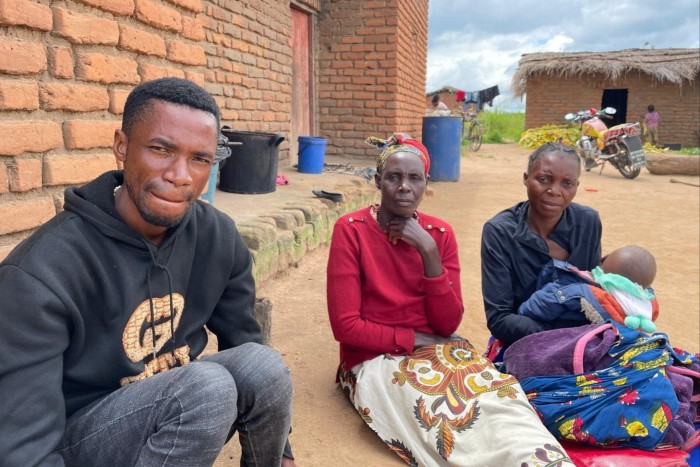
Most of the damage and three of the deaths around Kasungu have occurred in Zambia, whose frontier lies on the unfenced boundary of the park, according to Warm Heart.
“Those animals come from Malawi but they bring trouble to Zambia,” said Zambian villager Levison Banda, who added that his income dropped sharply after elephants invaded his field last year.
Villagers and officials interviewed by the Financial Times corroborated the scale of the damage, pointing out evidence of elephants, including dung, around wrecked buildings and trampled fields.
Elephants, which eat up to 150kg of food a day and weigh up to seven tonnes, have smashed grain stores and destroyed houses, tearing down thatched roofs and demolishing walls in search of food, they say.
Limbikani Kayedzeka, whose brother John was killed in an elephant attack on the Malawi side of the border two months after the animals arrived, said he was trying to help his relative’s widow. But, he said, the elephants had raided his own field twice, reducing his income: “It’s a terribly dangerous animal.”
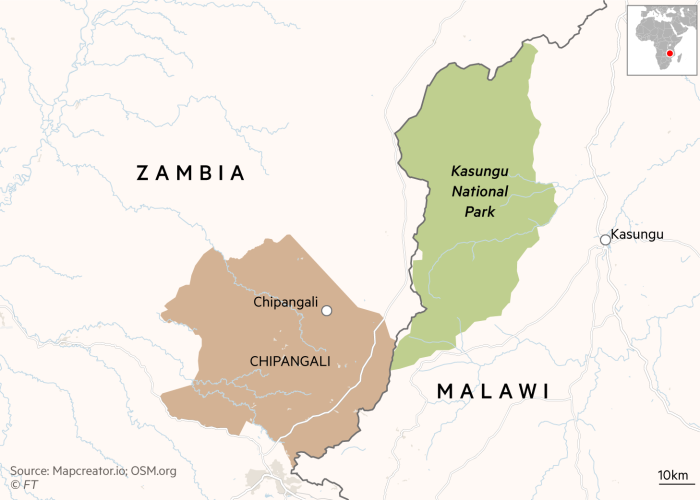
The translocation of the elephants, one of the biggest operations of its kind, was hailed a success by the Washington-based International Fund for Animal Welfare, which helped fund the project. The organisation’s website says it is working to create “vast connected landscapes providing wildlife and people with the space they need to live and thrive together”.
But critics say the subsequent problems highlight the conflicting agendas of western conservation organisations and the reality for farmers living close to dangerous wildlife.
“They brought 263 elephants and just dumped them in the park and the elephants started attacking people’s crops and killing them,” said Mike Labuschagne, a former law enforcement officer for IFAW in Kasungu who funds and runs Warm Heart and employs five people to collect data on elephant invasions.
Labuschagne said he had warned IFAW it was reckless to move so many elephants to Kasungu and was urging the organisation to pay compensation.
“If an African NGO released 263 hyenas in the suburbs of London and 18 months later nine people had been killed by those hyenas, what do you think the reaction would be?” he said. IFAW was guilty of practising “an imperial model of conservation”, he added.
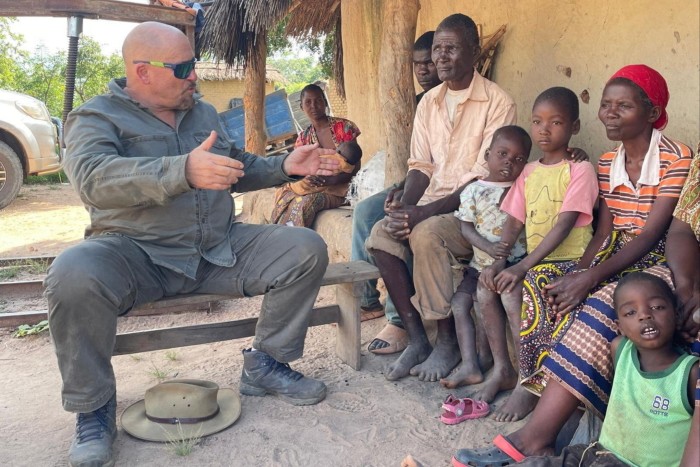
IFAW, which spent $127mn on conversation worldwide last year and is supported by donors including the EU, USAID and the Disney Conservation Fund, said Kasungu could comfortably accommodate the new arrivals in addition to the 110 elephants already there. It conceded there had been “some conflict with communities and tragically some fatalities”, putting the death toll at seven.
However, it denied this was a result of the elephant translocation. Data from 27 collared elephants showed they were sticking mainly to the park, it said.
Julika Riegler, IFAW’s vice-president of brand marketing and communications, said: “You will find human-wildlife conflict across Africa. This is nothing that’s specific, or significantly different than other communities who share a space with wildlife.”
But Labuschagne said most of the collared elephants were matriarchs, which were more likely to stay in the park than bulls and that elephant invasions had increased dramatically, particularly on the unfenced Zambian side, since the translocation.
IFAW disputed Labuschagne’s claims, suggesting he was a disgruntled former employee. He denied this, saying he was campaigning for justice.
The conservation organisation said it did not initiate the Kasungu translocation, which was executed in conjunction with Malawi’s government and African Parks, a South African NGO. “Malawi’s Department of National Parks and Wildlife was the decision maker,” said Riegler. “They owned the land and the elephants.”
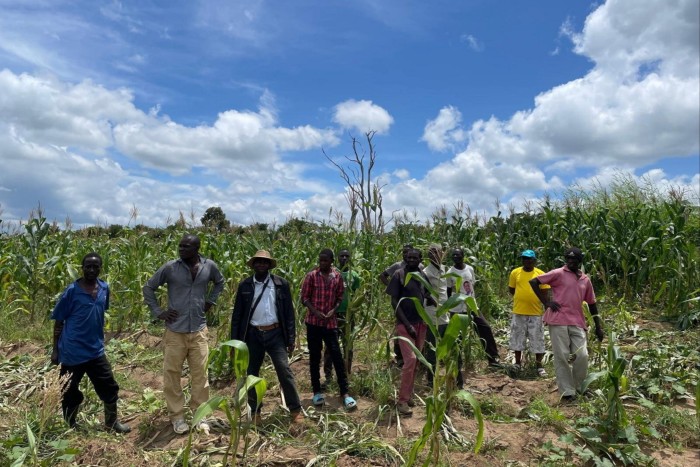
Malawian authorities have proclaimed the translocation a success, saying it had boosted tourism. Neither the government of Malawi nor Zambia pays compensation for elephant attacks.
Patricio Ndadzela, IFAW’s country director for Malawi and Zambia, said the NGO was not liable to pay damages “when essentially the decision taken was that of government”.
Land in eastern Zambia was part of a so-called “transfrontier conservation area” (TFCA) agreed between Malawi and Zambia in 2015, IFAW said. Several TFCAs, which link habitats across national borders, have been established in southern Africa.
Campaigners said these agreements paid scant attention to realities on the ground. One senior Zambian official, who spoke on condition of anonymity, called the Malawi-Zambia TFCA “a bizarre arrangement . . . it’s something that sounds nice, without digging into the real-world implications”.
Lufeyo Ngoma, district commissioner of Lumezi district in Zambia’s Eastern Province, said he had heard about a national arrangement for an elephant “corridor” but that it was impractical in his district, where farms were located right beside the Kasungu park boundary.
“Every day I have complaints about elephants. Three days ago 17 women came here and wept,” Ngoma said.
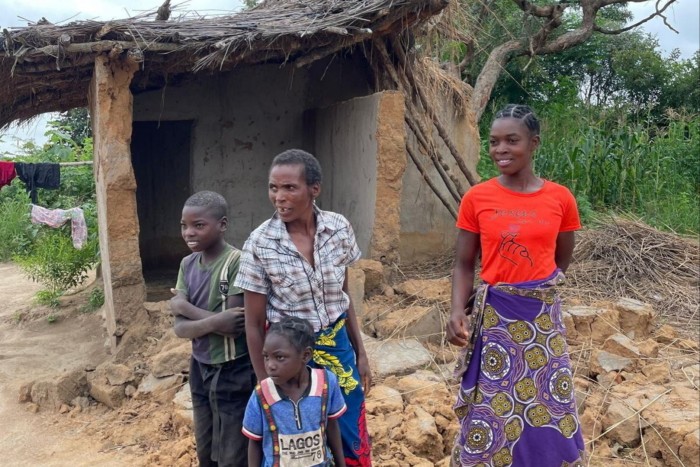
Some villagers said elephants and people should be separated. “The owners of those animals should build an electric fence and keep them in the park,” said Amon Kamanga, a 70-year-old former soldier.
In Chipangali district, locals said they were frightened to go to the toilet after dark or send their children to school for fear of elephant encounters. People stayed up at night banging pots and pans or used fireworks to scare the animals off.
“We used to sleep in our houses; now we sleep in the fields,” said farmer George Phiri.
Labuschagne said he thought Zambian villagers had shot several of Kasungu’s elephants, although IFAW said there was no evidence to back this up. It is illegal to hunt animals without a permit in Zambia.
But Kamanga predicted people would resort to increasingly desperate measures. “If no one does anything,” he said, “there will be a war between man and animal.”